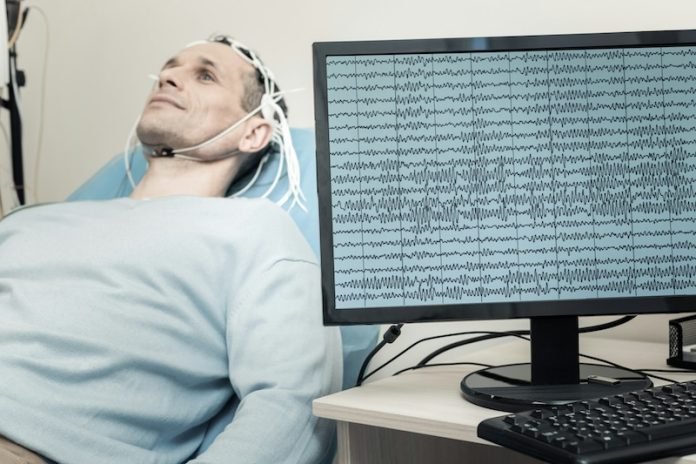
Attention-Deficit/Hyperactivity Disorder (ADHD) has long been a subject of intrigue and misunderstanding.
It’s like looking through two different lenses at the same landscape, where the ADHD brain and the “normal” brain perceive and interact with the world in distinct ways.
This exploration delves into the function, differences, and unique aspects of the ADHD brain, all presented in straightforward language.
By weaving together the threads of recent research and expert analysis, we aim to bring clarity to this complex topic, making it accessible to everyone.
At its essence, ADHD is a neurodevelopmental disorder that affects both children and adults. It’s characterized by symptoms such as difficulty maintaining attention, hyperactivity, and impulsive behavior.
But what really sets the ADHD brain apart from a neurotypical one? The answer lies not just in behavior but in the very wiring and functioning of the brain itself.
Imagine two orchestra conductors: one leads with a traditional, structured approach, while the other uses a style that’s more spontaneous and less predictable.
The ADHD brain, like the latter conductor, operates on a unique rhythm that can lead to remarkable creativity and energy but also challenges in conventional settings. Studies using brain imaging techniques such as MRI have revealed several key differences in the ADHD brain.
One of the most significant findings is the variation in brain structure and volume. Research shows that certain areas of the ADHD brain, including those responsible for attention, impulse control, and executive function, may be smaller or develop more slowly.
This doesn’t mean individuals with ADHD are less capable; rather, their brains navigate tasks and challenges differently, often requiring alternative strategies to reach the same destination.
Neurotransmitters, the brain’s chemical messengers, also play a crucial role in the differences observed between ADHD and non-ADHD brains.
Dopamine and norepinephrine, which are involved in attention and thinking processes, are often in shorter supply or are less efficiently used in the brains of those with ADHD.
This imbalance can affect focus, motivation, and emotional regulation, akin to trying to listen to a radio station that’s just out of range.
Functional differences are also evident in how the ADHD brain processes information. Studies suggest that while neurotypical brains may filter out irrelevant stimuli to focus on a single task, ADHD brains take in a wider array of information simultaneously.
This can lead to difficulties in prioritizing and staying on task but also to a breadth of thought and multi-dimensional thinking that is unique and often advantageous in creative endeavors.
Interestingly, research into ADHD has also pointed to the role of genetics and heredity, suggesting that the wiring of the ADHD brain has deep roots.
Understanding these genetic factors offers hope for more personalized and effective treatment strategies in the future, moving beyond a one-size-fits-all approach to managing ADHD.
In conclusion, the ADHD brain is not simply a variant of the neurotypical brain but a distinct landscape with its own challenges and strengths.
By shedding light on the functional and structural differences, as well as the unique ways in which individuals with ADHD perceive and interact with the world, we can foster a more inclusive and understanding society.
Research continues to unravel the mysteries of the ADHD brain, offering insights that promise to enhance support and unlock the potential of those with ADHD.
As we continue to explore these differences through a lens of compassion and curiosity, we not only enrich our collective knowledge but also celebrate the diverse tapestry of the human mind.
If you care about brain health, please read studies about Vitamin B9 deficiency linked to higher dementia risk, and flavonoid-rich foods could help prevent dementia.
For more information about brain health, please see recent studies that cranberries could help boost memory, and how alcohol, coffee and tea intake influence cognitive decline.
Copyright © 2024 Knowridge Science Report. All rights reserved.



